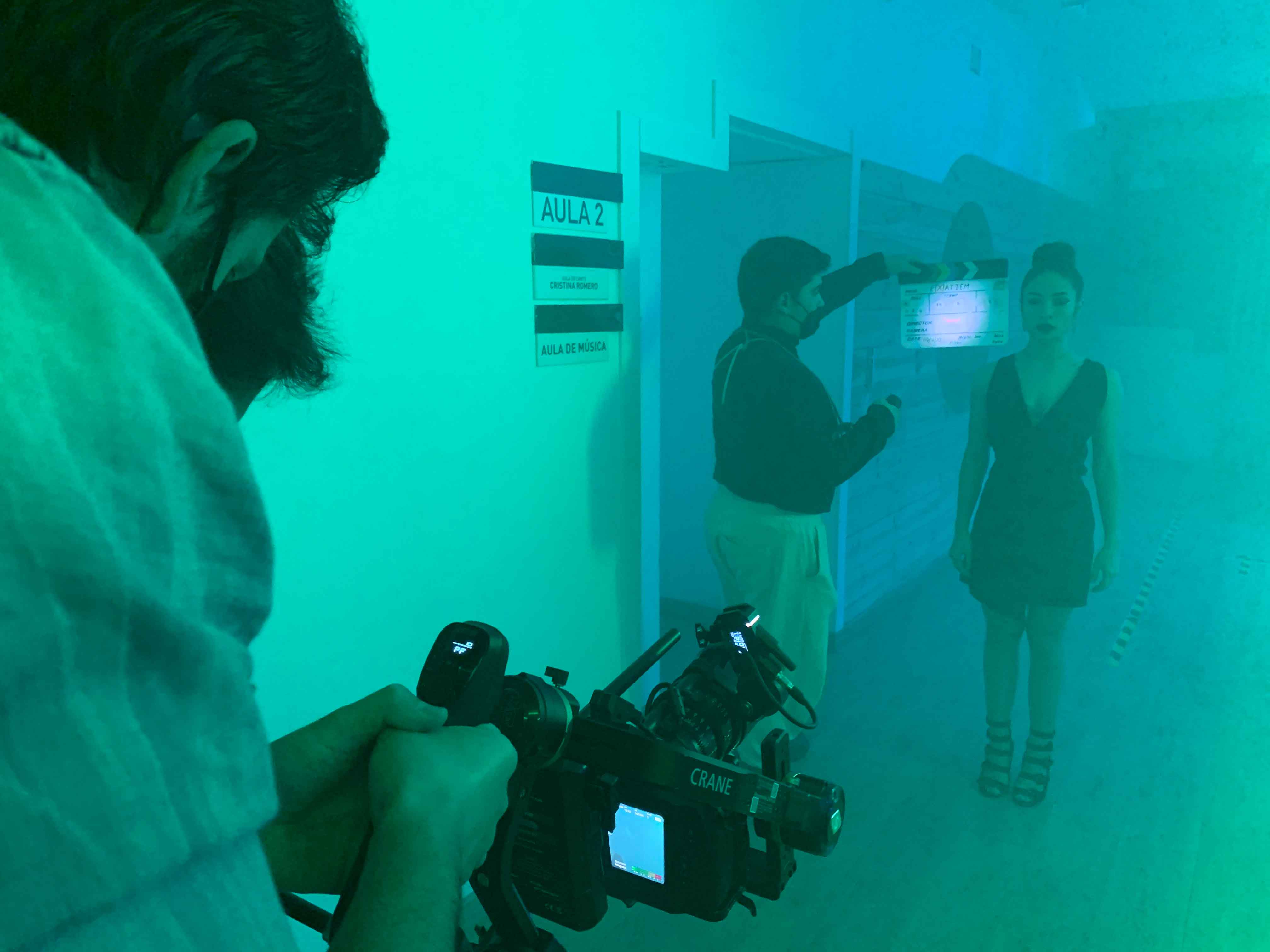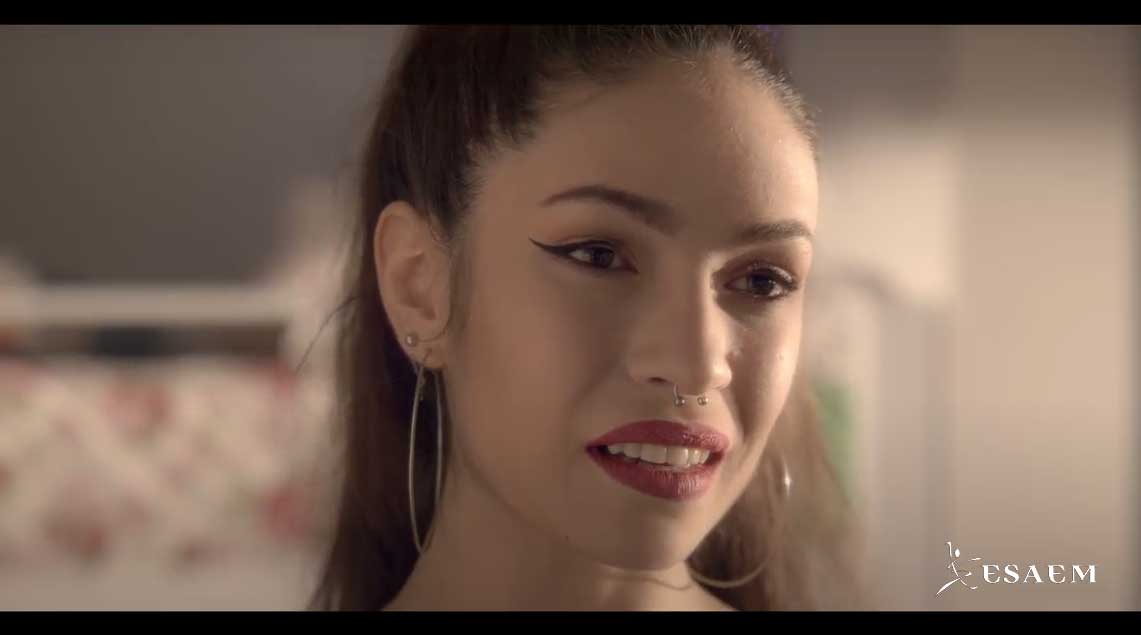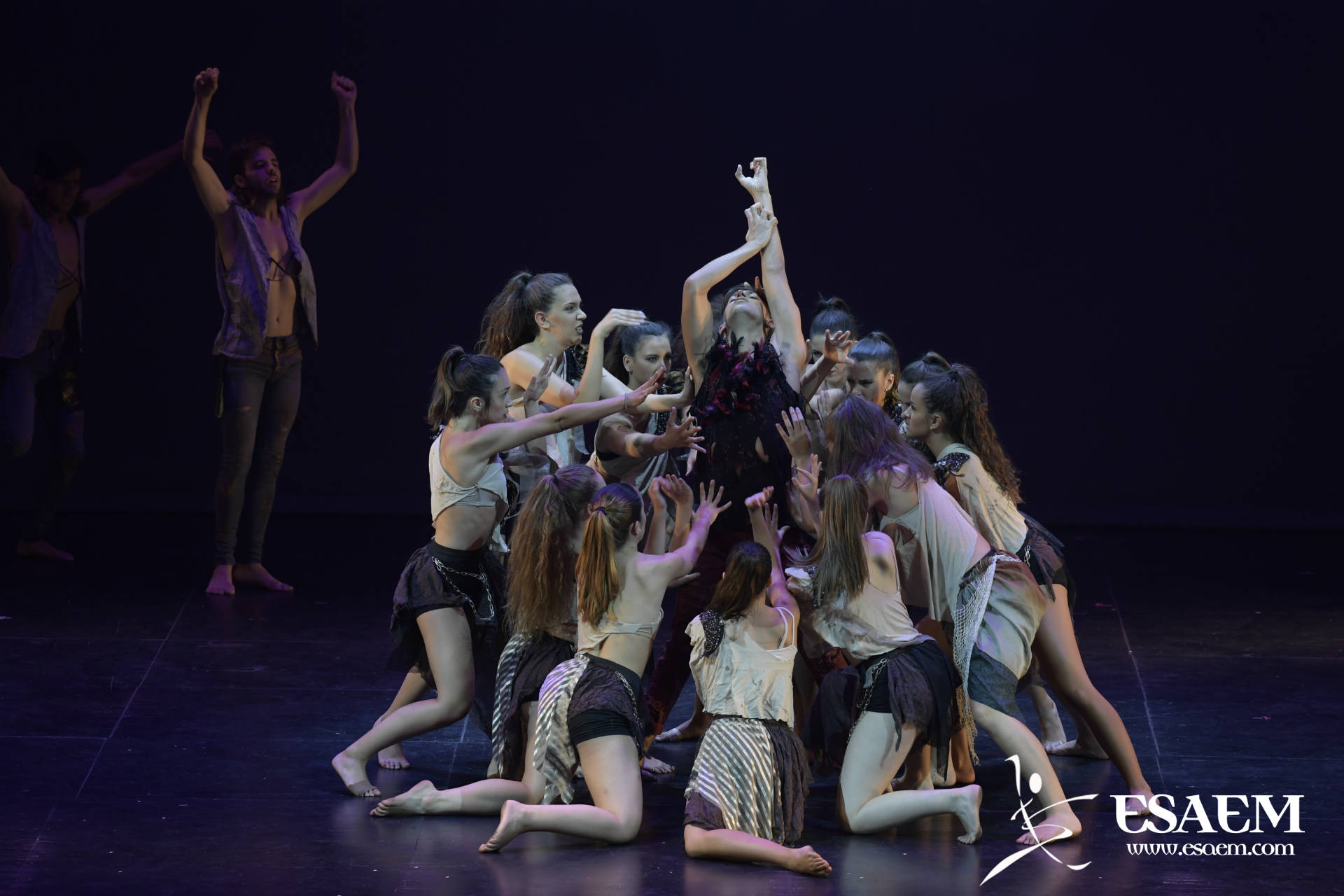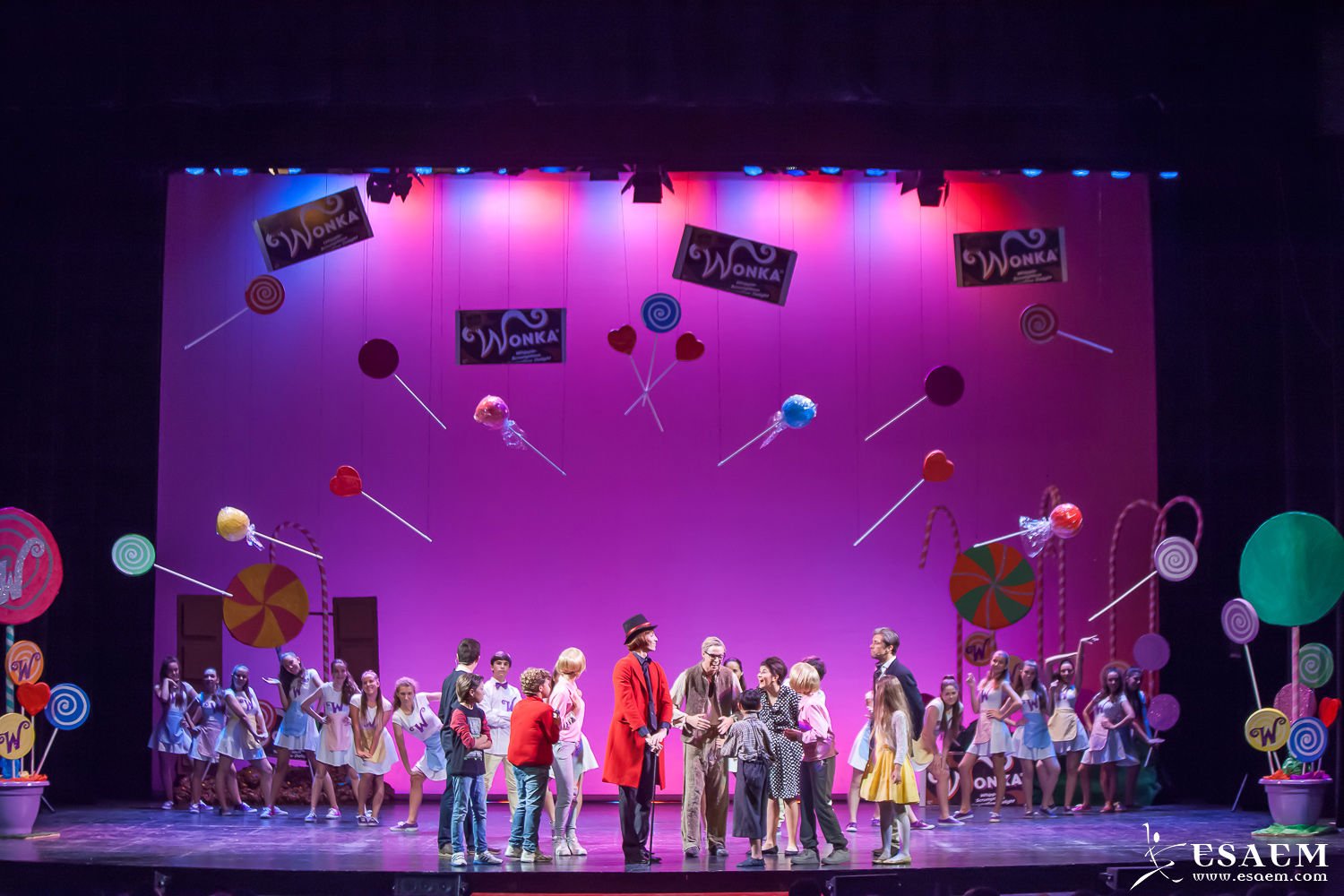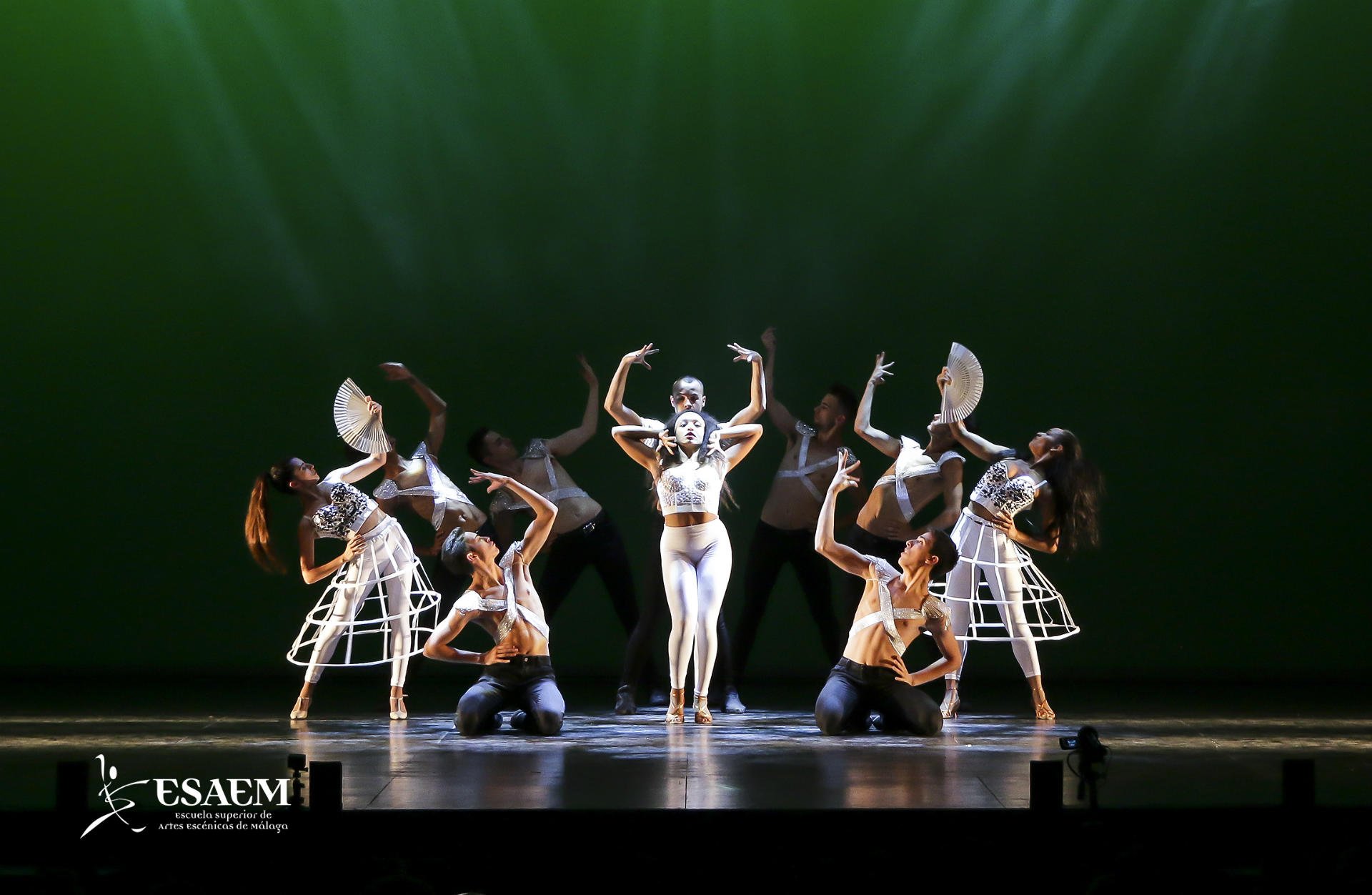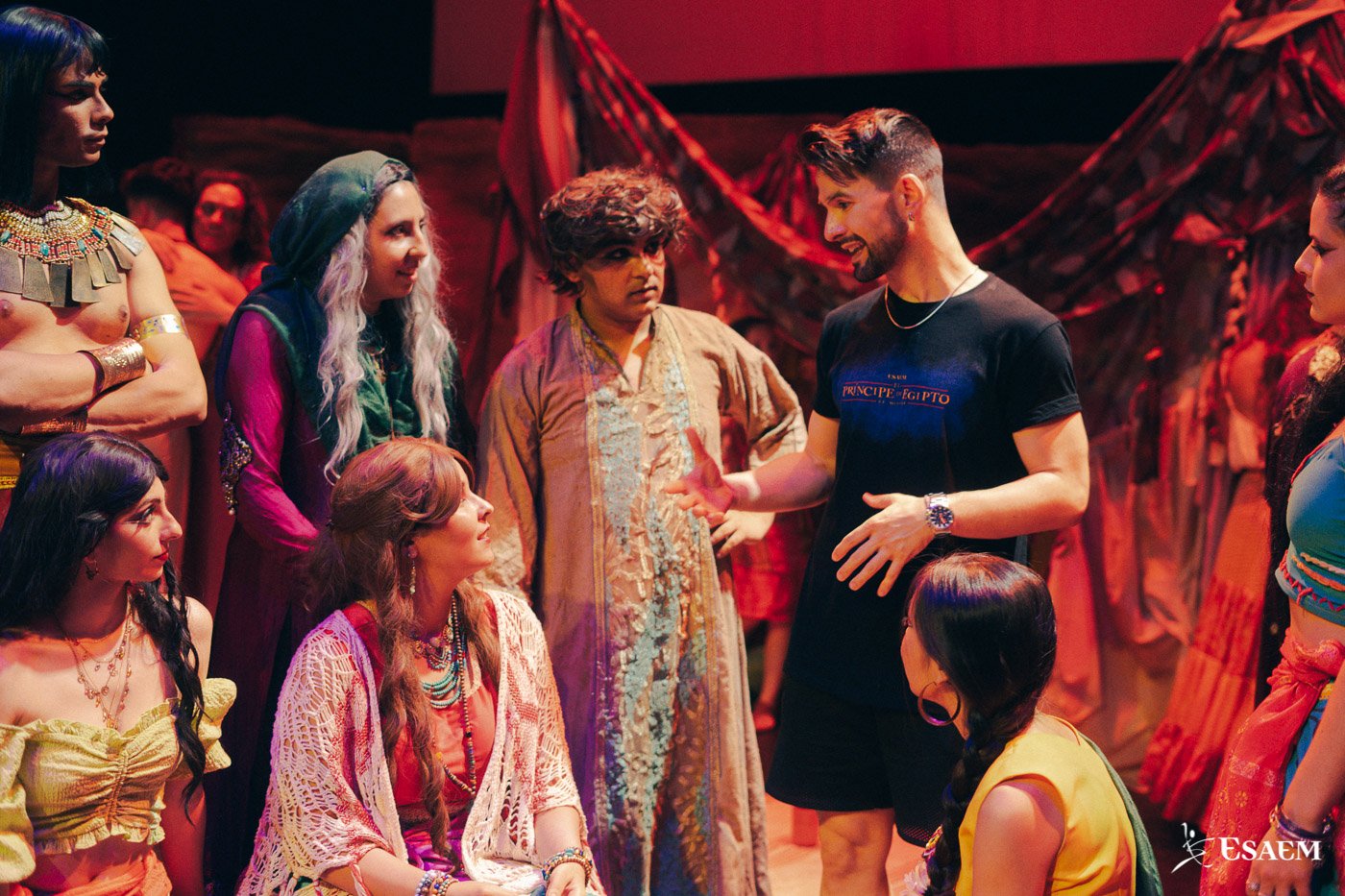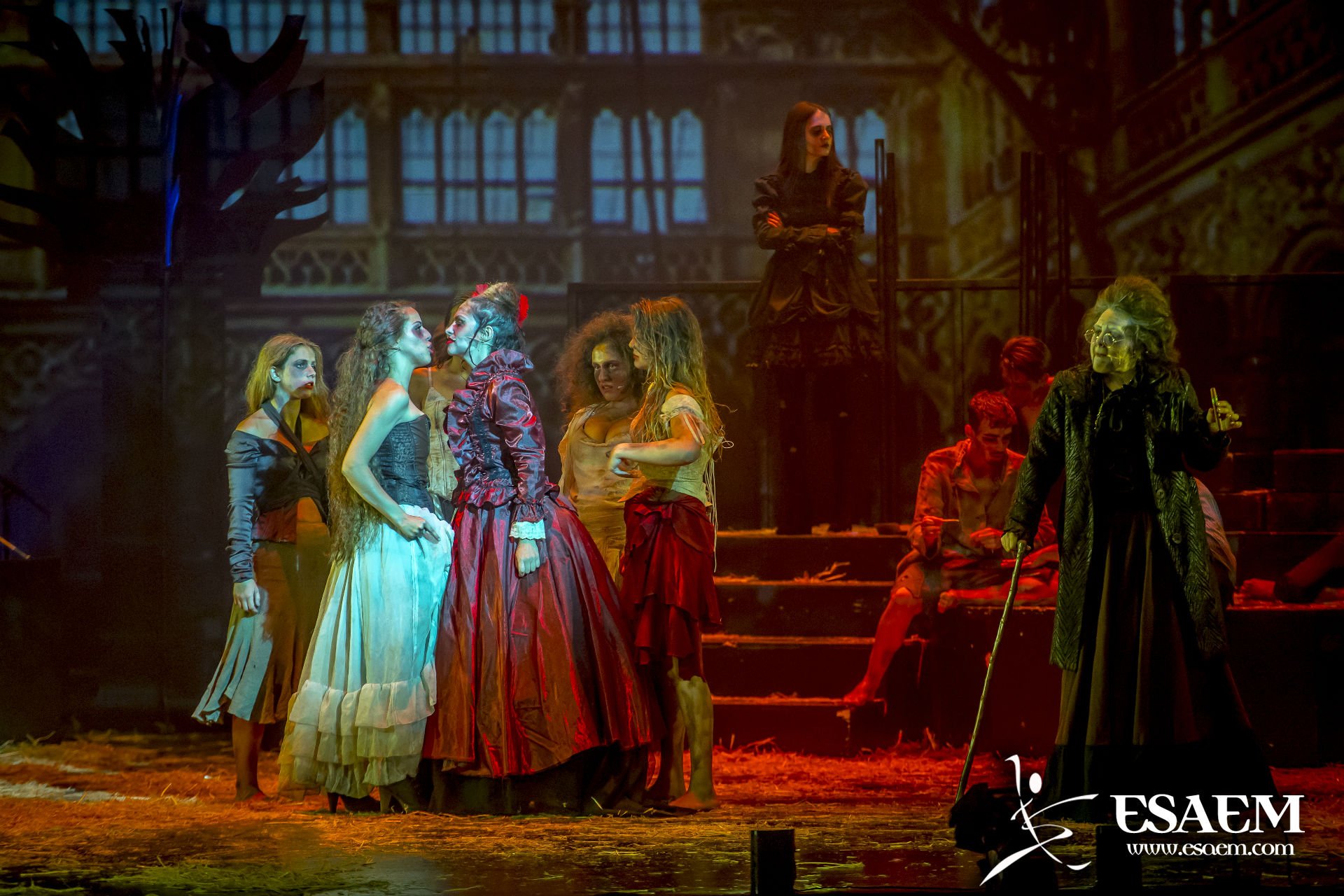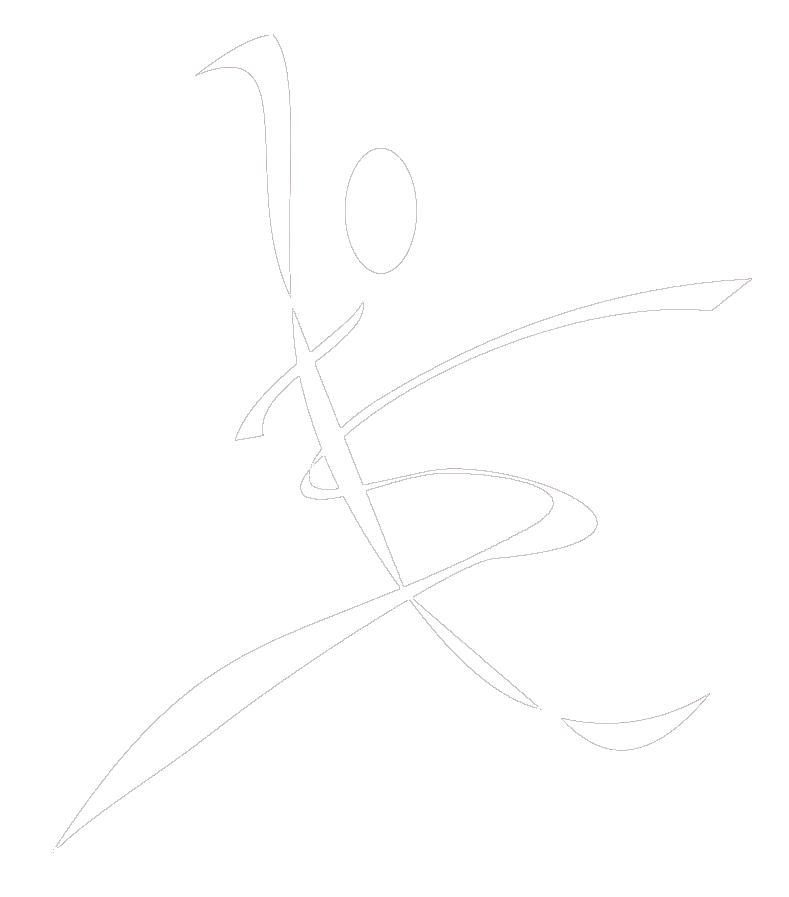Choreographies can be defined as a form of expression through body movements following a rhythm usually set to a melody. It is necessary to have a solid physical training to perform them since they sometimes require pirouettes, turns, jumps, etc. They also require a certain sensitivity as any form of artistic expression.
What is dance choreography?
Choreography is the design of the succession of dance steps or body movements previously organized. Choreographies can be created in the field of dance, but also in other fields such as skating, gymnastics, stage combat, etc.
Choreographies can be classified as it follows.
1. Group choreographies. They are executed by more than 2 people.
2. Expressive choreographies. They include interjective expressions and other forms of dance.
3. Distributive choreographies. They are performed by several groups of dancers who differ from one another in their dance steps. That is, each group performs a different choreography at the same time as the others do.
4. Main choreographies. An only choreography performed by a single dancer.
5. Folklore choreographies. These are popular dances originated in rural towns as part of their idiosyncrasy.
6. Historical choreographies. They recreate a historical or noteworthy event.
7. Symmetrical choreographies. The repetition of steps is also done from left to right. Balance is an important characteristic in this type of choreography.
8. Asymmetric choreographies. They are composed in the opposite way to symmetrical ones, i.e. the step units are different from oneanother and are not repeated from right to left.
9. Partial space choreographies. They occupy only a space of the stage (sometimes half of it).
10. Individual choreographies. They consist of a solo by a male or female dancer.
How to make a dance choreography?
To create and develop a dance choreography, it is necessary to follow certain organized guidelines that bring coherence to the work being done. In this article we will provide you with the most basic indications.
Choose the music.
Choose music that evokes dance steps and above all that motivates you.
The choreographer and dancer Sara del Pino (ESAEM teacher with more than 20 years of experience on stage) confirms that the first thing she does to create a choreography is to choose the music.
Choosing the music is quite difficult for me, as it is very, very important to me. I need to feel it. I need to listen to something that inspires and moves me. It takes me a long time to select it because it has to be music that I can listen to a million times and not get tired of it. The process of rehearsing or showing it entails this repetition.
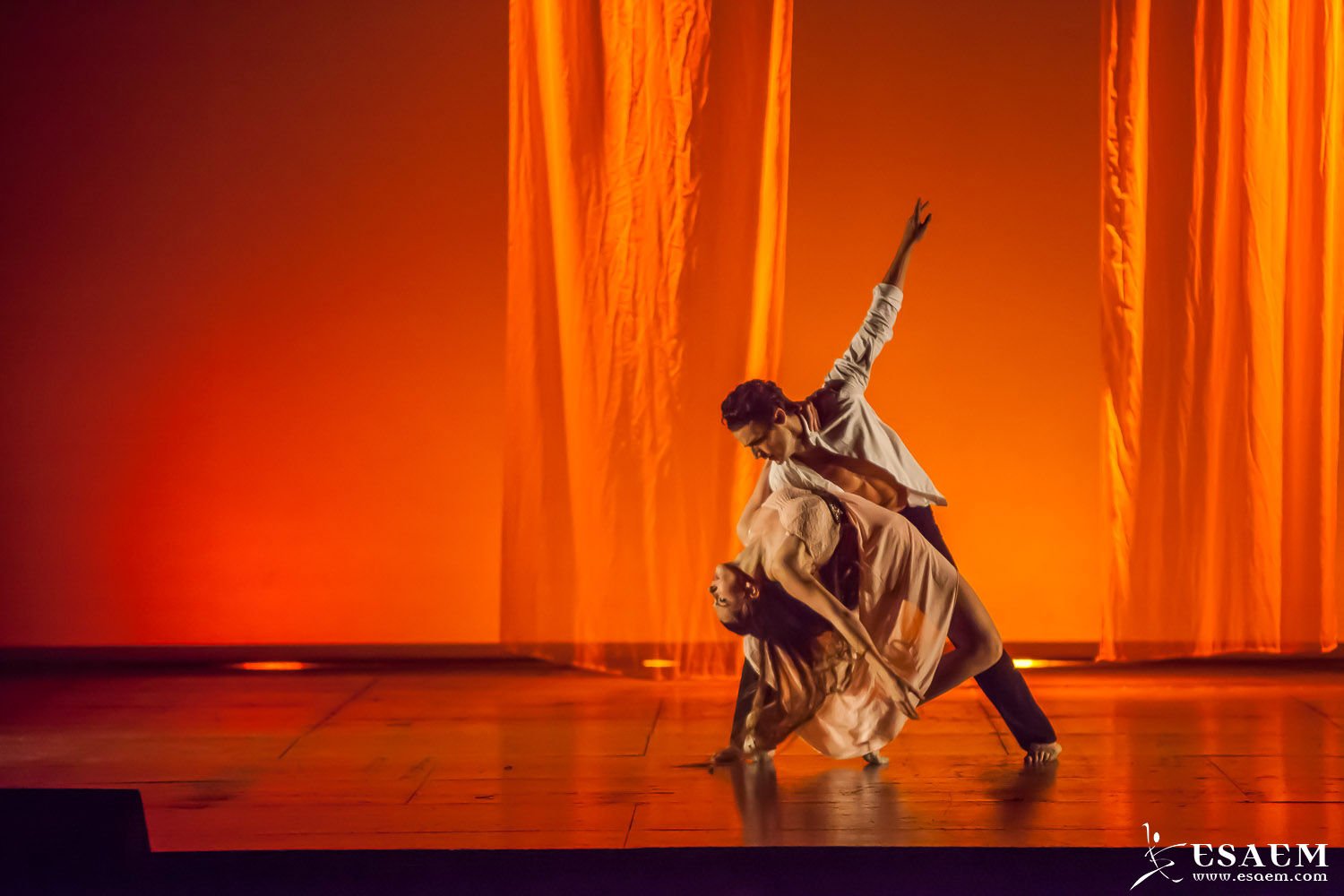
Photograph: choreography by Professor Sara del Pino performed by the students of the ESAEM Performing Arts Degree.
Analyze the song
From the lyrics to the plot of the story it tells, its details, contextualize it in relation to the social, economic, political and artistic moment in which it is composed or becomes mainstream. Study its structure and other characteristics.
At this point, Sara del Pino adds that when she chooses the song to create her choreography, she takes into account the musical tempos and carries out other stages of musical analysis. “Depending on what I’m going to stage, I do it differently… if it’s a live show on stage, a piece for a more classical theatre, a group creation or if I dance it myself on my own… You have to take into account the type of show and the medium in which it will be developed”.
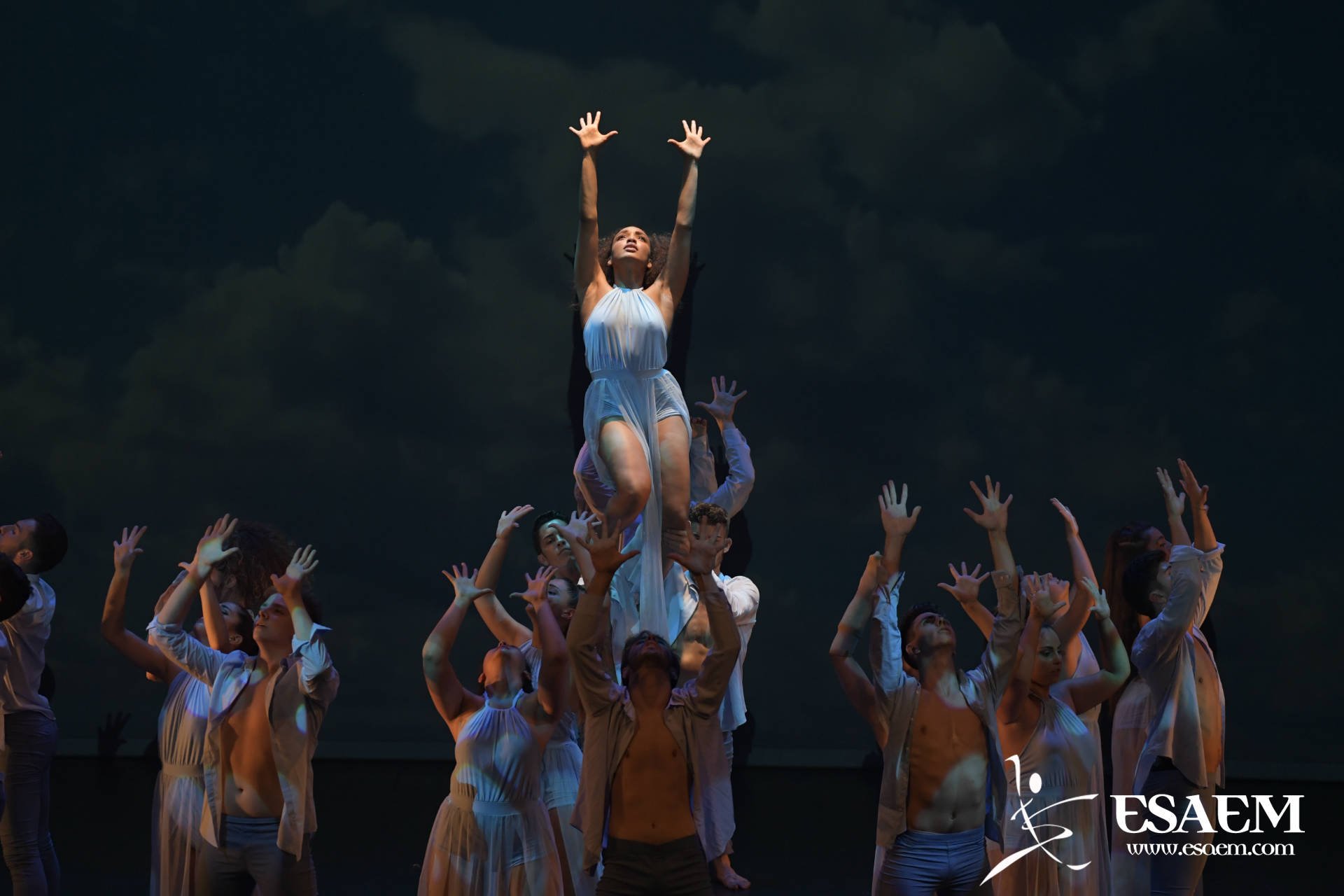
Photograph: choreography by Professor Sara del Pino performed by the students of the ESAEM Performing Arts Degree.
Setting the first dance steps
Allow your body to express itself with the movements evoked by the song, let yourself be inspired by the music you have chosen by executing the first dance steps that match that melody. Keep the ones you like to combine with others and include them in the choreography.
Set the steps you like
Set the steps for the choreography and write them down in a notebook. If you have the necessary technology you can also record them, but if you draw them you will remember them better (even if only in a schematic way).
Sara del Pino tells us the following about stages 3 and 4 that comprise the process of creating a choreography, statements that are as inspiring as they are useful for those who dream of becoming choreographers. “When I already have the music and I know that it fills me and makes me feel, it doesn’t take me long to put it together. My body moves by itself, creates steps and I do repetitions to memorize them and fix what the choreography is in itself. That’s the base.
Sara, who has extensive experience on stage, warns dance lovers about that moment when you have to put together a choreography on demand to music that may not inspire you very much. “If the music is not chosen by me and it doesn’t motivate me, I draw inspiration from other things. It’s harder for me. Maybe I create it in a more commercial way, but I don’t neglect the technical aspect, that is to say, I count even more meticulously the beats, the verses, the choruses…”.
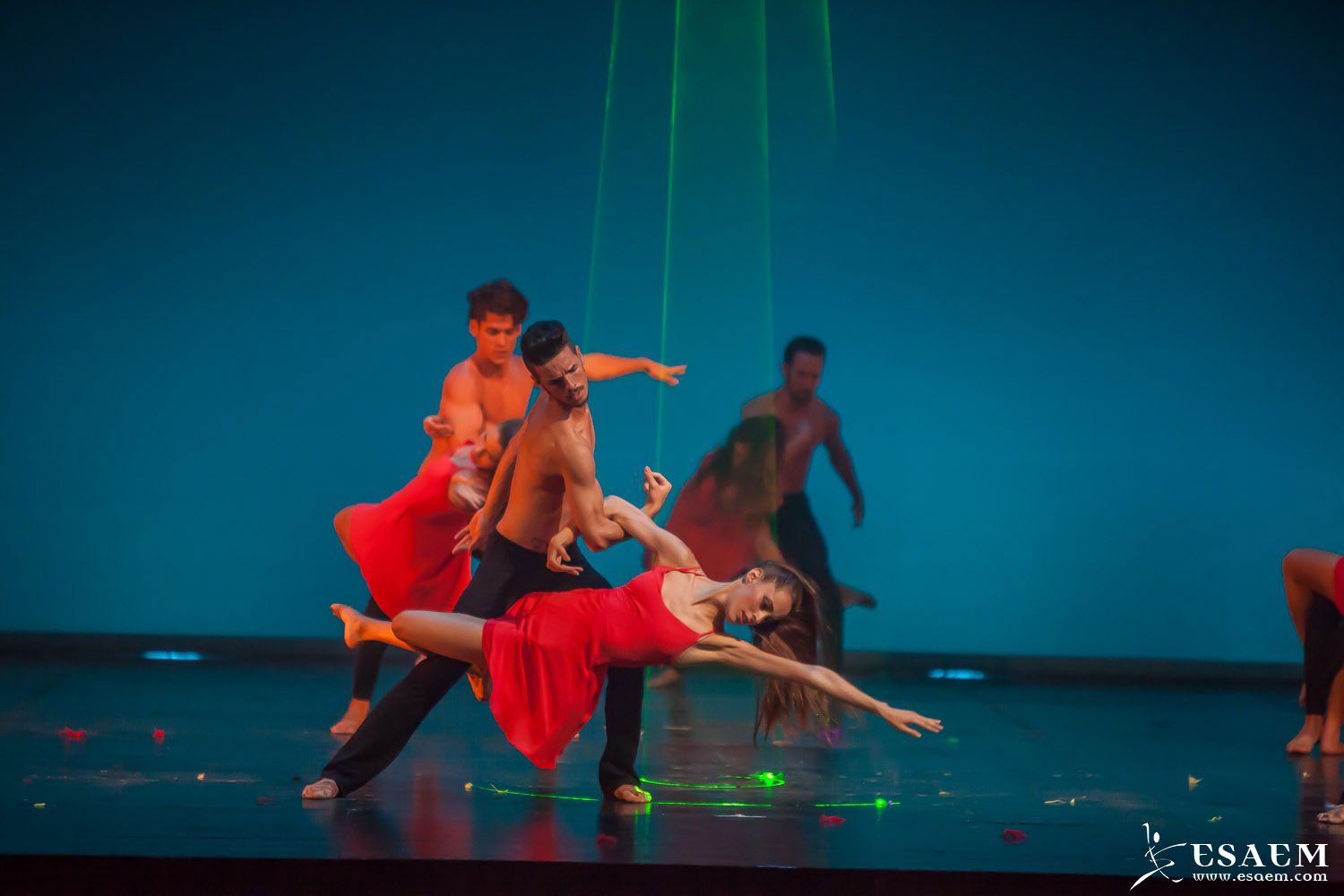
Photograph: choreography by Professor Sara del Pino performed by the students of the ESAEM Performing Arts Degree.
Record the complete choreography when it is ready
You can record it as many times as you need, since it is recommended that you update the versions as you add new steps, details or different ways of executing some movements. In this way, every time this choreography is rehearsed, the most complete version will be used as the starting point. Technology is a good support to enrich this type of artistic work.
Rehearse the choreography to achieve perfection.
In this way the dancers acquire confidence. Each time the choreography is rehearsed it will be executed with a more polished technique and the artistic essence will gradually come to the fore.
Rehearsals and repetitions are the basis to perfect a choreography. But we must not lose sight of the fact that the level of the choreography will be directly proportional to the training, technique and talent of the choreographer and the dancers. That is why it is important to study with qualified teachers and in good centres.
The choreographer and dancer Sara del Pino, teacher of various styles in ESAEM, has been the professional chosen to be interviewed in this article because she has all the qualities required to be one of the most important figures in dance today. Graduated in Classical Dance and Dance Pedagogy, she has worked since she was a teenager in a wide variety of show formats, television, cinema, video clips and advertising. Some of the best-known series of national fiction have counted on Sara’s magic when she puts on point shoes or displays a choreography of more modern styles, such as “Un paso adelante” (Antena 3) or “7 Vidas” (Tele5), as well as a long list of TVE and other networks programs.
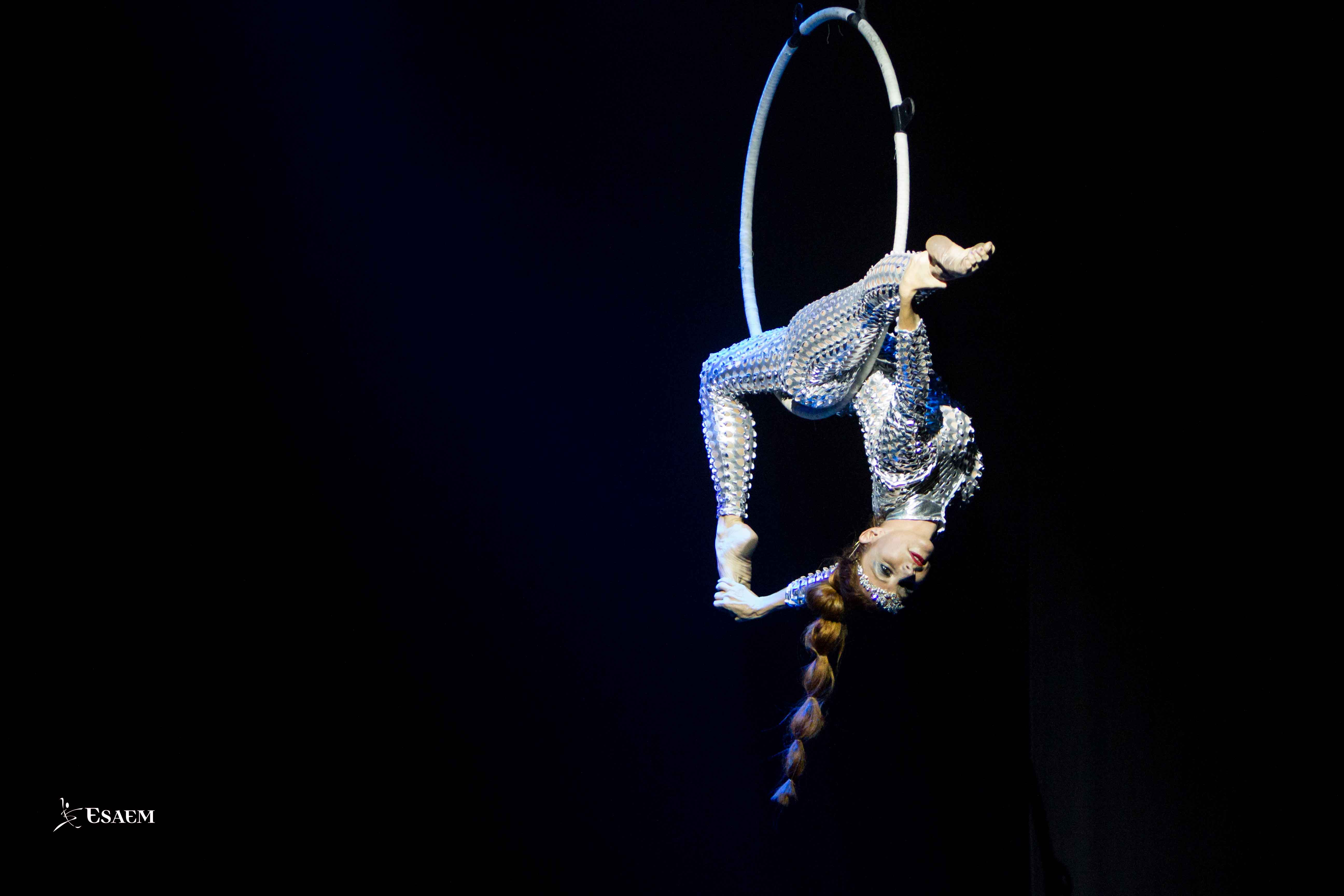
Photo: choreographer and teacher ESAEM Sara del Pino at the ESAEM Performing Arts Awards Gala.
Choose the costume to perform the choreography
In addition to being a costume adapted to the movements, it must be contextualized according to the dance being performed. According to the story it tells, the choreography, the style it recreates, etc. Rehearse with the chosen costume on.
Adapt the choreography to the stage and technical resources.
Both the stage and the technical resources are elements that influence the interpretation of the choreography, therefore it is convenient that they are in harmony with the dance. Props, lighting, moving elements, etc. used in a meaningful manner can greatly enrich the staging.
Modify the choreography if you consider it convenient.
Even if the choreography is finished, do not hesitate to improve what you think is necessary. An artistic creation is a living thing, it can evolve to become a better work.
Enjoy creating
Enjoy the process, it is one of the best steps you can take to create it. From the moment you enjoy it, the experience will become a fun, inspiring and more creative learning experience. Our advice from ESAEM is, if you are able to enjoy creating the choreography and executing it, let there be no doubt that you have achieved one of the most important steps in its creation.
